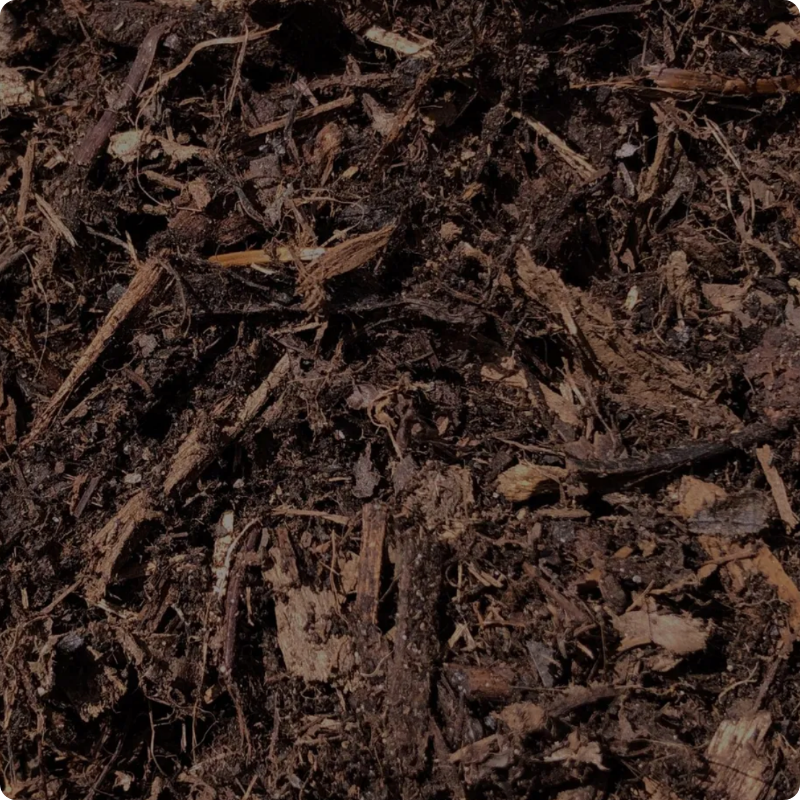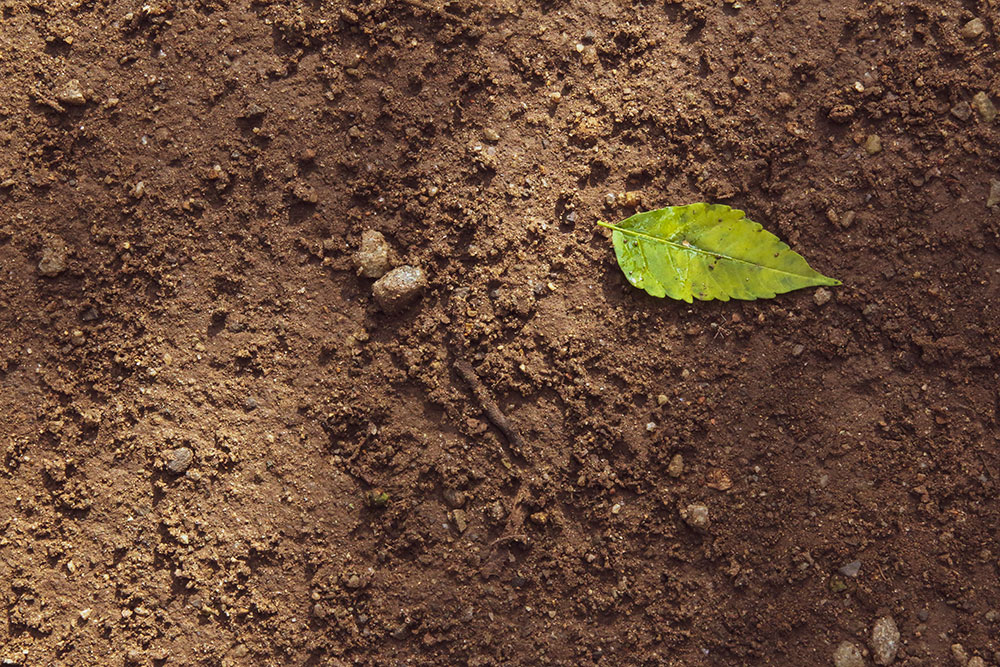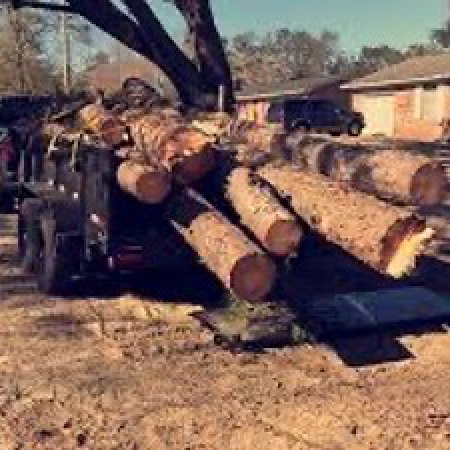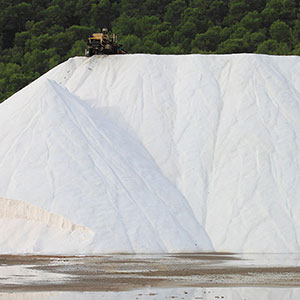Mulching garden beds is an essential practice for maintaining optimal growing conditions for a variety of plants, including perennials. The best mulch for perennials consists of organic material that improves soil fertility, regulates temperature, conserves moisture, and suppresses weeds. In addition to these benefits, mulching garden paths also provides an attractive and functional landscape element by creating a defined walkway and reducing soil compaction.
One of the key aspects to consider when selecting the best mulch for perennials is its ability to retain moisture while allowing proper air circulation around plant roots. Organic mulches such as shredded bark, wood chips, straw, or cocoa bean hulls are excellent choices in this regard. These materials decompose over time and release nutrients into the soil profile. This slow-release process promotes healthy plant growth while minimizing the need for additional fertilizers.
Another consideration when mulching garden beds is weed suppression. A thick layer of organic mulch can effectively deter weed germination by blocking sunlight from reaching the soil surface. This not only reduces the need for frequent weeding but also reduces competition between weeds and desirable plants for water and nutrients. Some types of organic mulches have inherent properties that naturally inhibit weed growth; for example, pine needles produce a slightly acidic environment which can discourage certain types of weeds.
Mulching garden paths serve both aesthetic and practical purposes. Aside from creating a visually striking contrast between plantings and walkways, mulched paths can help minimize soil compaction caused by foot traffic. Compacted soils have reduced pore space, leading to decreased water infiltration rates and root development due to limited oxygen availability in the root zone.
When it comes to applying mulch in your gardening endeavors, timing is crucial. Early spring or late fall are ideal times to lay down fresh layers of organic material as they correspond with periods of high precipitation which aids in decomposition processes while avoiding potential damage to emerging perennial shoots during early-season frost events. As a general guideline, a 2-4 inch layer of mulch is recommended for perennial beds and garden paths to ensure adequate weed suppression, moisture retention, and soil temperature regulation.
In conclusion, mulching garden beds with the best mulch for perennials will enhance plant health through improved soil quality, moisture management, and weed control. Additionally, mulching garden paths can elevate landscape aesthetics while preserving soil structure. By considering the specific needs of your plants and environment when selecting organic materials for mulching practices, you can create a thriving garden that offers beauty and utility for years to come.
Best Mulch For Garden
The quest for the best mulch for garden use is an essential undertaking for any dedicated gardener. A well-mulched garden not only improves the aesthetic appeal of your outdoor space but also brings numerous benefits such as weed suppression, moisture retention, and soil temperature regulation. However, with a plethora of mulching options available in the market today, it can be quite daunting to determine which one suits your garden’s specific needs. Fret not, for we shall delve into some popular mulching materials that cater to various gardening requirements.
A natural mulch option to consider when searching for the best mulch for your garden is utilizing leaves collected during fall season clean-up activities. Mulching a garden with leaves provides an eco-friendly solution that capitalizes on readily available resources at no added cost to pricing. When shredded or composted, leaves form a nutrient-rich layer of organic matter perfect for promoting plant growth while suppressing weeds effectively. However, be cautious not to create overly thick layers of leaf mulch as this may hinder airflow and water penetration into the soil.
Lastly, let’s explore another critical aspect of landscaping – creating aesthetically pleasing and functional garden paths. The best mulch for garden paths should offer durability without sacrificing visual appeal while providing adequate drainage and suppressing weeds effectively. Some popular choices include gravel, crushed stone, and wood chips. Gravel and crushed stone are low-maintenance materials that provide excellent drainage and resist compaction, making them suitable for high foot traffic areas. Wood chips, on the other hand, offer a softer alternative with their natural organic appearance while still providing decent drainage and weed suppression.
In conclusion, the best mulch for your garden ultimately depends on your specific needs, preferences, and budget. Be it straw, leaves, or other materials for your paths; each option has its unique advantages that cater to diverse gardening requirements. So go ahead and explore these mulching alternatives to find the perfect match that will transform your garden into a flourishing oasis. The easiest place to start your project is to find a local mulch delivery or mulch supplier near you. By searching for “bulk mulch near me”, you won’t have to worry bout carrying a ton of bags and plastic waste around.
Organic Mulch For Vegetable Garden
Organic mulch for vegetable gardens is a critical component in cultivating a thriving, healthy, and productive garden. Not only does it assist in retaining moisture and regulating soil temperature, but it also aids in weed suppression and improving soil structure. With so many benefits to offer, selecting the better mulch for your vegetable garden is essential to optimize its potential.
One of the best organic mulch options for vegetable gardens is recycled leaves or leaf mold. As leaves decompose, they add valuable nutrients to the soil that are essential for plant growth and development. Moreover, this type of mulch helps maintain proper soil acidity levels, which is particularly important in growing vegetables like tomatoes and potatoes.
Another highly effective vegetable garden mulch option is straw or hay. Straw has a light texture that allows water and air to penetrate easily while also providing excellent insulation for your plants’ root system against temperature fluctuations. As an added benefit, straw decomposes relatively slowly compared to other organic materials, reducing the frequency of reapplication required.
For those looking to integrate a more nutrient-rich option into their vegetable garden, aged manure makes for an excellent choice as well. Manure from animals such as cows or horses provides considerable amounts of nitrogen, phosphorus, and potassium – all vital elements necessary for plant growth. It’s important to note that using fresh manure can pose harmful risks due to high ammonia content and potential pathogens; therefore, it’s crucial to ensure that any manure used has been adequately aged or composted.
Wood chips are another popular option when considering organic mulch for vegetable gardens. They provide fantastic weed suppression capabilities while simultaneously adding valuable micronutrients back into the soil as they break down over time. Additionally, wood chips help conserve moisture by reducing evaporation rates from the soil surface.
Whether you’re a seasoned gardener or just starting with your first vegetable plot, utilizing organic mulch within your garden beds will undoubtedly yield positive results. By selecting the best mulch for your vegetable garden, you can expect improved soil quality, reduced weed growth, and an overall healthier environment that allows vegetables to flourish. Ultimately, incorporating organic mulch for your vegetable garden will result in a bountiful harvest that’s environmentally sustainable and beneficial to both plants and humans alike.
Types Of Mulch
When it comes to landscaping and gardening, selecting the appropriate types of mulch can make a significant difference in the overall health and appearance of your plants. Mulch serves several purposes, including weed prevention, moisture retention, temperature regulation, and erosion control. Additionally, it can also enhance the aesthetic appeal of your garden or landscape, so it is crucial to find the right landscape supplies for your gardening.. However, with countless options available on the market, it may be overwhelming to determine which type is best suited for your needs.
One crucial aspect to consider when choosing mulch is its effectiveness in stopping weeds from growing. Weeds compete with plants for essential nutrients and water, so finding the best mulch to stop weeds is vital in cultivating a thriving garden. Some popular choices include bark chips or shredded hardwood mulches, which create a dense layer that suffocates weed growth while allowing water to penetrate efficiently. Organic materials such as straw or grass clippings can also serve as an effective weed barrier while providing valuable nutrients back into the soil as they decompose.
When focusing on trees and shrubs’ well-being within your landscape design, identifying the best mulch specifically tailored to their needs becomes paramount. A recommended option is using organic mulch like wood chips or shredded bark since these materials break down slowly over time and release essential nutrients into the soil that trees and shrubs require for optimal growth. Furthermore, organic mulches help maintain consistent soil temperature levels by insulating roots from extreme weather conditions.
Understanding what mulch is made of allows you to make informed decisions on which type might work best for your unique landscaping needs. Mulches are generally categorized into two groups: organic and inorganic varieties. Organic materials consist of biodegradable items like wood chips, leaves, straw, grass clippings, or compost – all excellent sources of nutrients for plant life. On the other hand, inorganic options include gravel or crushed stone that do not break down over time but provide excellent drainage abilities.
As you explore the various types of mulch available, it is essential to weigh the benefits and downsides of each option. While organic mulches offer nutritional value and weed suppression, they also require more frequent replacement as they decompose over time. In contrast, inorganic selections may not provide the same level of plant nourishment but can last significantly longer with minimal maintenance. Ultimately, understanding your specific gardening or landscaping goals will help guide you toward selecting the ideal type of mulch for optimum results.
How Deep Should Mulch Be
How deep should mulch be? This age-old question revolves around a practice that is essential to maintaining a healthy, thriving garden and landscape. Mulching serves several purposes: it insulates the soil, retains moisture, suppresses weeds, and adds nutrients as it breaks down over time. To achieve these benefits, one must consider various factors when determining the depth of mulch needed in any given scenario.
The first factor to consider is how to mulch around the house. When incorporating mulch into your home’s landscape design, you want to ensure proper depth and placement for optimal results. Generally speaking, the recommended depth of mulch is 2-4 inches for most plant beds or around trees. However, it may vary depending on the type of plants you have (e.g., perennial or annual) and the size of their root systems. It’s important not to pile mulch directly against your home’s foundation or around tree trunks as this can cause moisture retention problems and provide an environment for pests.
Next up is how to lay mulch over weeds effectively. To suppress weed growth using organic mulches like wood chips or shredded bark, a thicker layer between 4-6 inches should suffice in most cases. The deeper layer will prevent sunlight from penetrating through and reaching the weed seeds below while still allowing air circulation, creating an inhospitable environment for weed germination.
While addressing old layers of existing material in your garden beds or along walkways might seem tricky, knowing how to lay mulch over old mulch is fairly simple. First, assess whether there’s adequate decomposition occurring with the existing layer – if so, new material can be added right on top without issue. If not, rake out any large clumps or compacted areas before applying a fresh topping of at least 2-3 inches.
Choosing the best mulch to use around your house requires examining factors such as aesthetics and functionality in terms of moisture retention, pest deterrence, and weed suppression. Popular options include shredded bark, wood chips, cocoa hulls, and pine straw. Be sure to consider the appearance of the mulch with your existing landscape design and any potential allergies or sensitivities when selecting the right option for your needs.
Lastly, let’s discuss what should be put down before mulching. A layer of permeable landscaping fabric or a thick layer of newspaper/cardboard can provide an additional barrier against weed growth while still allowing water penetration and air circulation for healthy plant growth. This step is especially crucial if you are dealing with areas prone to aggressive weeds or where the soil has been compacted or eroded.
In summary, understanding how deep mulch should be for different applications is crucial for maintaining a healthy garden and landscape environment around your home. By considering factors such as plant type, purpose (weed suppression vs. insulation), aesthetics, and proper preparation techniques, you’ll be well on your way to creating a thriving outdoor space that will benefit from this essential gardening practice.







